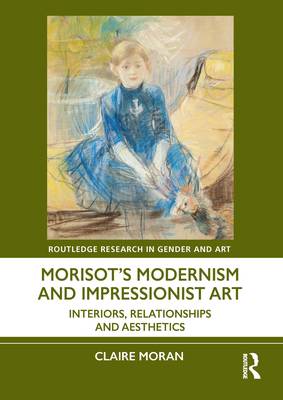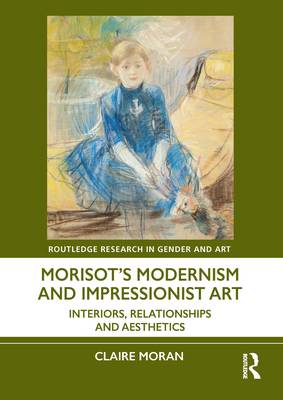
- Afhalen na 1 uur in een winkel met voorraad
- Gratis thuislevering in België vanaf € 30
- Ruim aanbod met 7 miljoen producten
- Afhalen na 1 uur in een winkel met voorraad
- Gratis thuislevering in België vanaf € 30
- Ruim aanbod met 7 miljoen producten
Omschrijving
This volume reframes French Impressionist painter Berthe Morisot (1841-1895) in the history of art via a focus on the spaces and people that informed her work and thereby offers a new interpretation of Impressionism and of modernist aesthetics.
Claire Moran utilizes close visual analyses of artworks, in particular those of family, friends and domestic servants; textual analysis of Morisot's journals and letters; investigation of late nineteenth-century advice manuals, magazines and advertisements in relation to Morisot's life and work; examination of house floor plans and gardens; and the study of specific household objects that recur in her work and their history. This multi-pronged method of analysis, grounded in Morisot's lived experience, allows a new understanding of Morisot's art to emerge, one that will not only highlight the modernity of her aesthetics, but also question both public and critical assumptions about Impressionism.
The book will be of interest to scholars working in art history, gender studies, French studies and history of design.
Specificaties
Betrokkenen
- Auteur(s):
- Uitgeverij:
Inhoud
- Aantal bladzijden:
- 178
- Taal:
- Engels
- Reeks:
Eigenschappen
- Productcode (EAN):
- 9781032252179
- Verschijningsdatum:
- 29/09/2025
- Uitvoering:
- Hardcover
- Formaat:
- Genaaid
- Afmetingen:
- 175 mm x 246 mm
- Gewicht:
- 449 g

Alleen bij Standaard Boekhandel
Beoordelingen
We publiceren alleen reviews die voldoen aan de voorwaarden voor reviews. Bekijk onze voorwaarden voor reviews.











